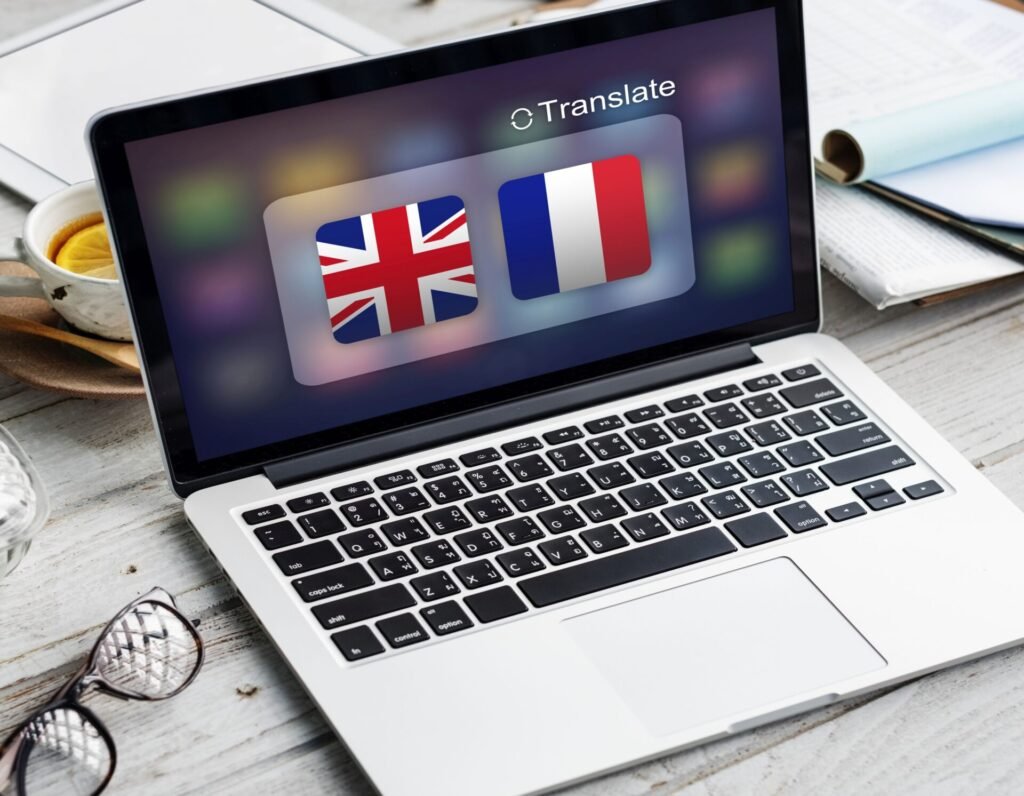Essential Best Practices for Creating an Effective Multilingual Website
A report conducted by Weglot demonstrates the appeal of a multilingual website as it cites that that 73 % of customers prefer reading product reviews in their native language and 60 % of shoppers rarely or never buy from English-only websites.
Over half of the consumers surveyed for the study only shopped at sites in their language, and among the ones who browsed sites in other languages, only a quarter felt comfortable making buying decisions.
It is easy to see, then, why businesses would opt for multilingual websites: offering their services and products in more than one language is a way to expand their market enormously.
But how difficult is it to localize and maintain a multilingual website?
Glad you asked: Gobierno.USA.gov and Government Multilingual Websites Community have developed a list of the ten best practices for multilingual websites that we’re pleased to share and discuss here.

Language
This one should be obvious: users have to be able to read the site in the language of their choice.
This doesn’t only include all content but also navigation buttons, features, and functions of the site.
Machine translation is “strongly discouraged”, even if a disclaimer is added, and every translation has to be reviewed by a qualified translation professional before it is posted.
Cultural Recognition
Beyond the concerns of the language, it is important for multilingual websites to also address cultural considerations to connect with their audience.
The key to a successful multilingual website is translation and localization by an expert who understands the target culture and can avoid potential localization problems and pitfalls.
Easy Navigation
The best multilingual website is useless if users can’t find the pages in their language.
Toggle buttons that allow users to easily switch languages have to be visible and easily accessible on every page, usually on the top right.
URL Strategy
A solid URL strategy is essential for marketing and search engine optimization.
The government guidelines state that a “stand-alone, dedicated” URL should be used — but they don’t go into detail about whether it should be a country code top level domain (yoursite.fr), a subdomain (fr.yoursite.com) or a subdirectory (yoursite.com/fr/).
For more details on the advantages and disadvantages of each method, take a look at this Guide to Multilingual and Multiregional SEO.
Modern SEO and Multilingual Optimization
When building or updating a multilingual site, make sure search engines can recognize and serve the right version of each page. Translating keywords directly is rarely enough. Research how people search in each target language and region, and adapt your content accordingly.
Use hreflang tags, clear metadata, and simple URL structures to avoid confusion between versions.
Add structured data to help search engines understand your content and display it properly.
It’s also a good idea to include clear navigation between languages, such as a visible toggle switch on each page, so users can easily change language without returning to the homepage.
These steps improve visibility in local search results and make browsing smoother for everyone.
Comparability and Maintenance
This is another big one: make sure the user experience on the different language sub-sites on your website are comparable – and that you have plans in place to keep it that way.
Updates and maintenance on a multilingual website have to happen continually across all languages.
Otherwise, users in certain languages will have a different (and out-of-date!) experience that will reflect poorly on your business.
Compliance, Accessibility, and User Trust
Modern multilingual websites must meet local privacy, accessibility, and transparency standards.
Each language version should include clear cookie notices, privacy policies, and contact information in the user’s own language.
Make sure all pages are accessible to people using assistive technologies by providing descriptive alt text, readable fonts, and logical page structure.
Before linking to a section that hasn’t been translated or to an external page in another language, include a short note or icon to inform users.
Simple details like these prevent confusion and demonstrate respect for visitors’ time and expectations.
Clarity and accessibility help build trust, encouraging users to stay longer and return more often.
Online Features and Functionality
You’ll want to make sure that not only content has been translated, but that interactive features are available in multiple languages as well.
For instance, users should be able to share, email, print and subscribe to your site in their native language.
Integrated Operations and Marketing
Your multilingual website should be supported by offline infrastructure and customer contacts, which means that phone numbers, email support, and marketing materials should all be available in multiple languages as well and tie into your overall strategy.
Online Marketing
We mentioned SEO concerns briefly when we talked about your site’s URL architecture.
But successful multilingual online marketing and SEO also require a multilingual online marketing and social media strategy.
This includes multilingual blogs, Twitter and Facebook accounts, as well as the tracking of results of your multilingual marketing efforts.
Embracing Generative AI in Translation Workflows
Make sure to take advantage of the new tools that can help accelerate your translation process.
AI translation and large language models (LLMs) can now generate first drafts, check terminology, and keep your tone consistent across different languages.
These systems are especially useful for large websites that need frequent updates.
However, human translators should always review and refine the text to ensure it sounds natural and fits the local culture.
Combining AI efficiency with human understanding helps maintain quality while reducing turnaround time.
This hybrid approach makes it easier to keep your multilingual website up to date and relevant to every audience.
The Bottom Line
As you can see, a truly effective multilingual website presence requires more than hastily translating some of your content.
Your site’s overall strategy and architecture, supporting features, offline infrastructure, social media presence, and marketing strategies all need to be translated as well as localized and adapted to the target language and culture, and then continuously updated and maintained.
If this sounds like a lot, you may want to consider the alternative: a shoddily put together web presence in another language, poorly thought out and implemented, perhaps translated by machine and inappropriate for its target audience, may do more harm than good.
The same high professional standards should apply across all languages to ensure that a foreign-language user will have an equally satisfying experience when they visit your site.
And consider the benefits: whatever your product or service, you’ve worked hard on establishing your business and finding your market.
With a well-conceived multilingual website, you can multiply your reach and increase your potential customer base many times over.
Isn’t that worth the extra effort it takes to hire a professional translation agency that specializes in this kind of work and gets the job done right?
